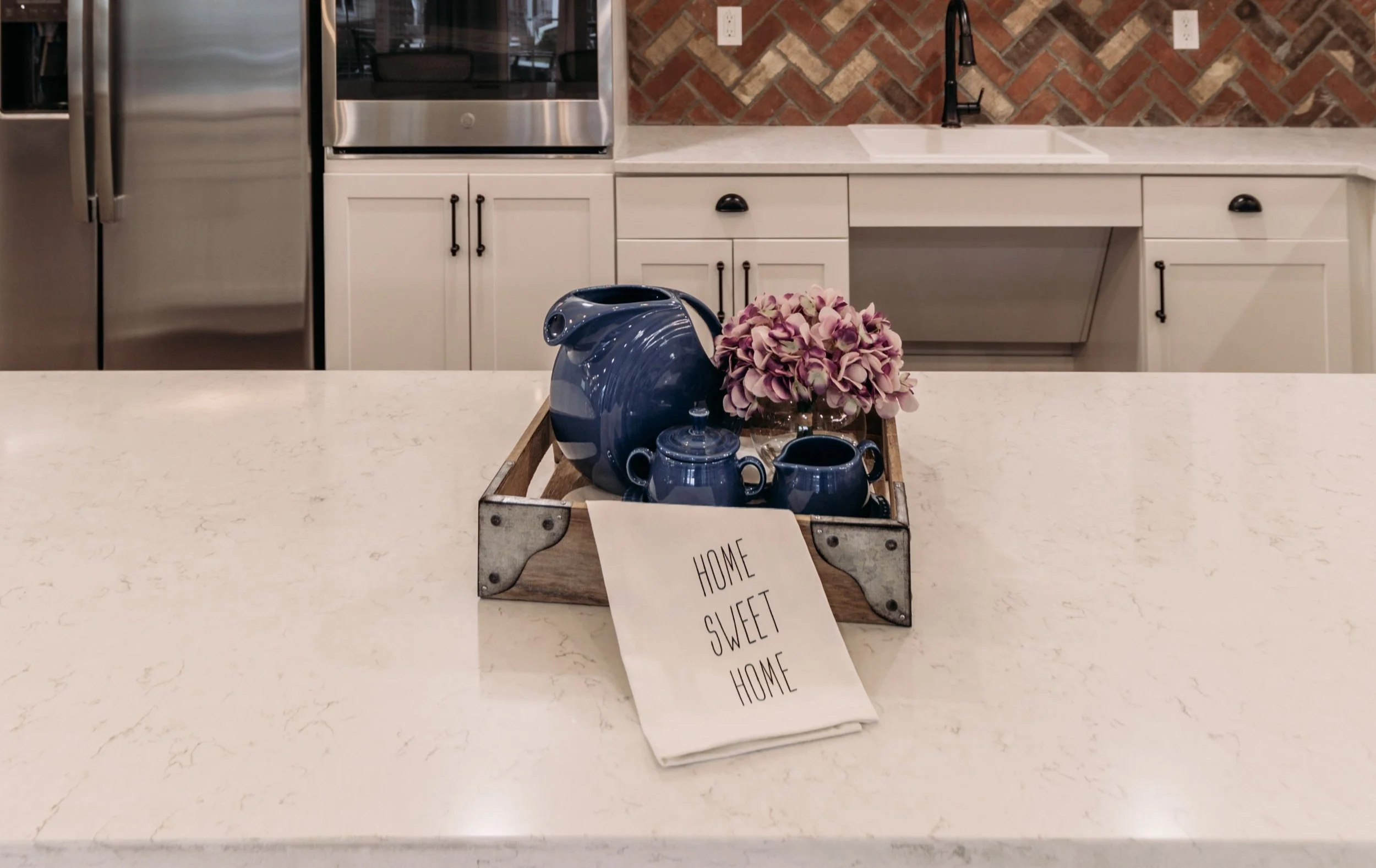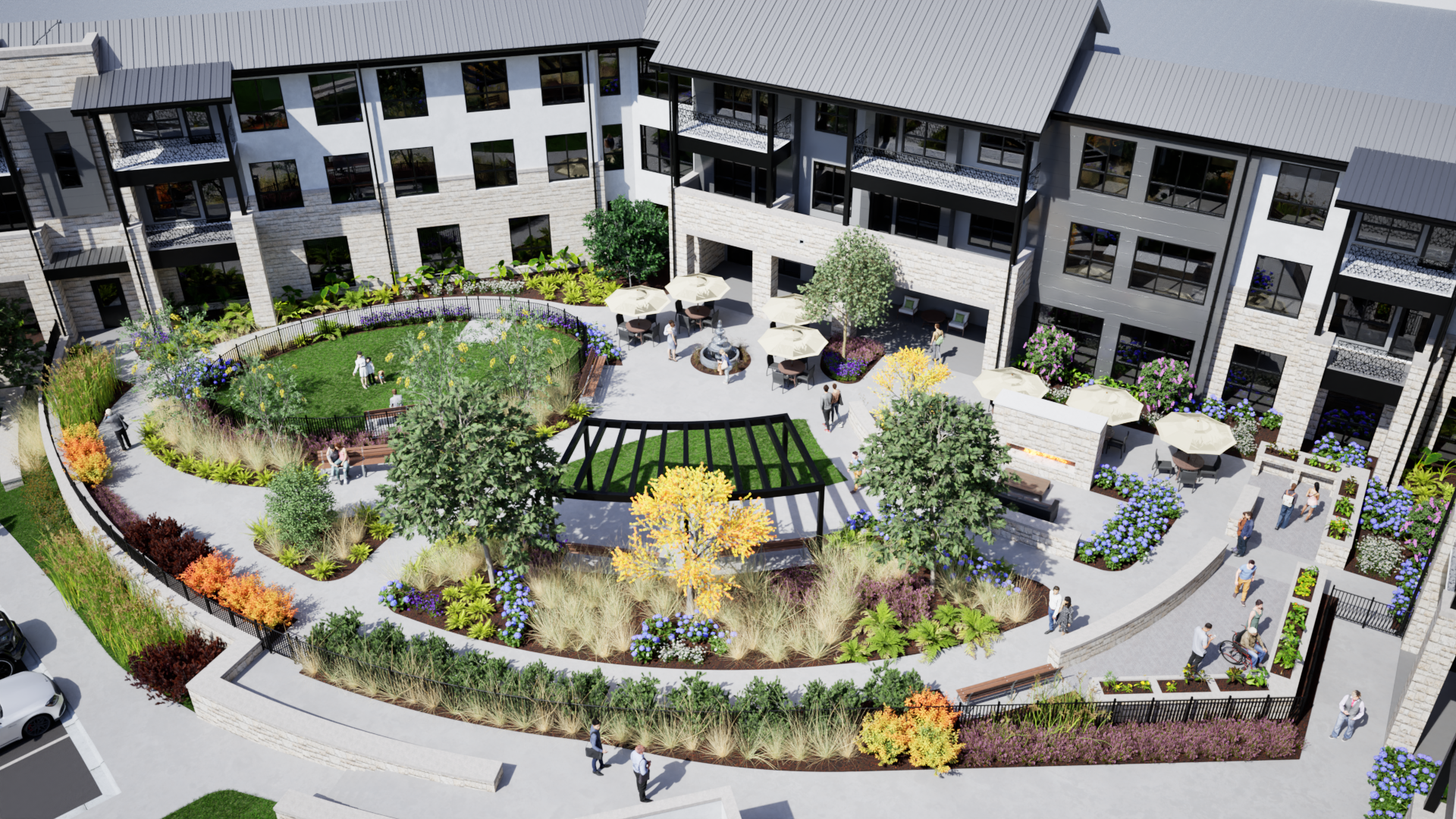Change Is Here, More on the Way
Pi sat down with Mike Girard, chief investment officer at Senior Living Residences, to discuss where the senior housing industry is heading. His insights paint a portrait of fast-paced change, unprecedented innovations, and seemingly limitless opportunities.
Mike Girard, CIO of Senior Living Residences
The COVID pandemic changed everything, and nowhere is this more apparent than in senior living. Residents, families, owners/operators, builders, leadership, and staff have all been taking a hard look at lessons learned and how to craft a strong, successful, and visionary future for the sector. Among the results is an active adult renaissance, which Girard said is a growing trend “because that is where the demographics are.” A second trend, he said, is that “seniors are staying in their home longer with technological services supporting them and enabling them to delay moves into assisted living, nursing homes, or even CCRCs.” He said, “Our average move-in age in seniors housing is 83-84. I think this trend is here to stay.”
Tech: A Solution, Not a Panacea
Girard pointed to things like Instacart, Door Dash, and Alexa that enable seniors to get meals, groceries, household supplies, toiletries, books and other entertainment, and much, much more with a keystroke or a voice command. While some deficits can’t be overcome or countered, there is much technology that can enable seniors to stay in their homes safer and longer. For instance, there are fall alert systems and devices. One new one involves a system that continuously monitors the bathroom for falls using cutting-edge high frequency sensors. It then uses a two-way voice call and text messaging to notify the person’s emergency contact. There also are “smart” medication management systems that remind seniors to take their meds and alert a contact if they don’t. There are even toilets with sensors to analyze waste to assess medication compliance.
There is technology to prevent accidents and injuries from forgetfulness. For instance, there are stovetop sensors that automatically turn off burners and systems with sensors that help prevent microwave fires. Wearables like watches, necklaces, and shoe insoles/inserts can track motion and location. And remote monitoring systems use wireless sensors on beds, chairs, wheelchairs, doors, etc. that enable family members or others to access a dashboard to set reminders, encourage wellness, and track activity.
This technology is able to help keep seniors safe and enable them to perform activities of daily living even as they get ill and/or frail. Yet, Girard stresses, “Technology won’t replace humans.”
Market Still Attracting Money
“As an industry, we understandably had a lower transaction volume because of COVID, but it’s heating up; that’s a good thing because there is so much capital chasing assets.” Girard said. He added, “As occupancy and communities stabilize post-COVID, you’ll see a continued uptick in transaction volume.”
While experienced investors and owners may have some advantages, there are many opportunities for newcomers with an interest in senior living. Girard says, “New investors, new owners – come one, come all. We should all maintain a high learning index and pay attention to new people with great ideas.” He suggested, “New investors may want to get involved with experienced ones to learn what they don’t know that they don’t know, and how to avoid potential pitfalls. The industry is small enough that it’s easy to get a sense of organizations’ and individuals’ reputations just by asking around. You can see who has been involved in the industry for a long time. At the same time, you can identify newer groups with different types of track records.” He added, “We love to see new business plans.”
Creativity Counts
Don’t rely on the same old, same old moving forward, said Girard. For instance, he observed, “Right now, we’re seeing organizations adjust their unit mix to include high-end cottages. From anecdotal research, we see that they lease up very quickly. I expect that we’ll see more of this.” At the same time, he said, “In some parts of the country, we’ve seen what is essentially a hybrid between a traditional CCRC entry fee model and a traditional private pay model.” Instead of an entry fee, these involve a membership fee that is nonrefundable after three months. “This allows communities to invest in more and better amenities. This is a trend to watch,” he suggested.
Looking ahead, Girard is carefully watching a few issues. “I’m concerned about construction costs being sky high and the tremendous inflationary pressure on margins. If this continues, there will be quite a few micro markets that will be left behind. We can’t always get the rents to make the numbers work.”
Nonetheless, he said, “I am bullish. I love this space, as well as the opportunities for learning, improving, innovating, and implementing new technology. We have a tremendous demand coming that we can’t possibly meet conventionally through typical product delivery.” He further observed, “The view of senior housing by older adults has improved, and there are several projects creating a lot of buzz. The demand bubble is enormous, and we will see the industry grow significantly.”
Contact us here or call us at 512-231-1910.


















